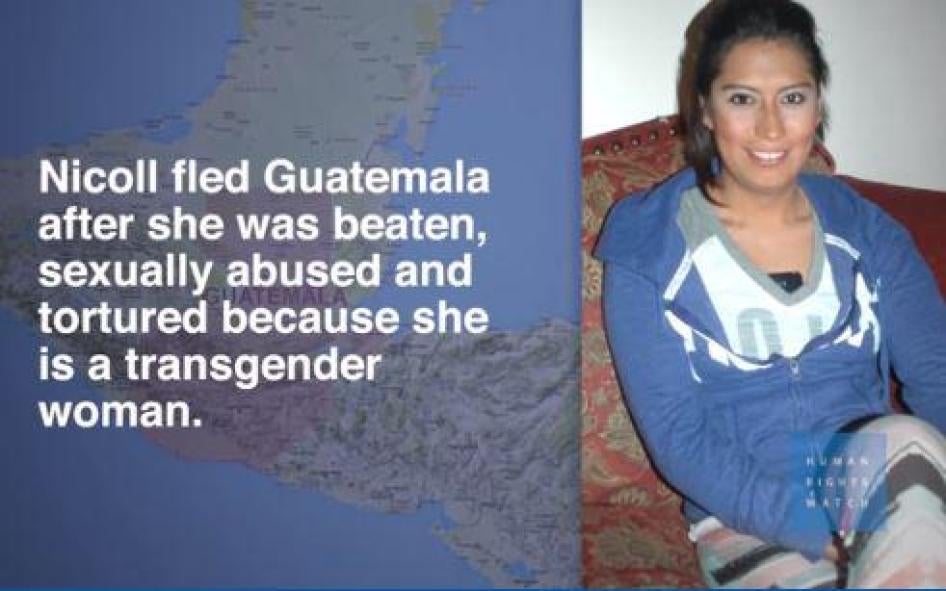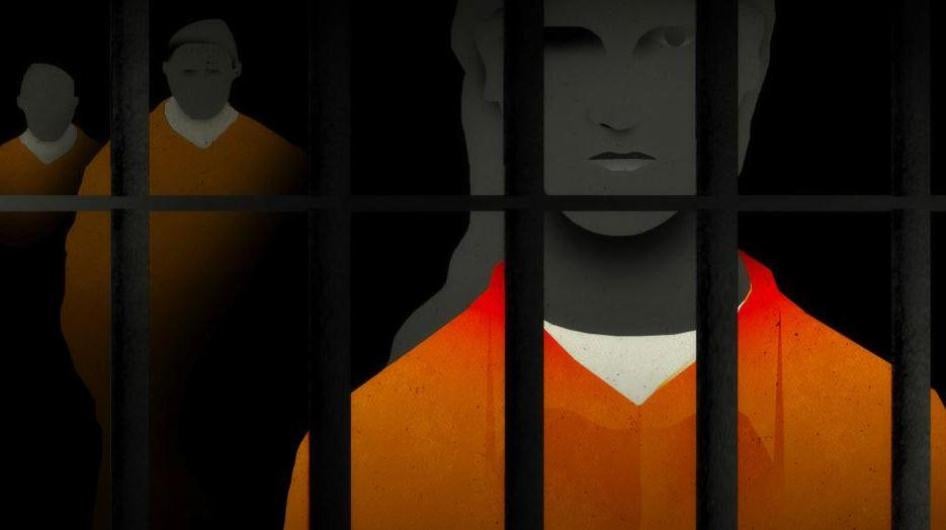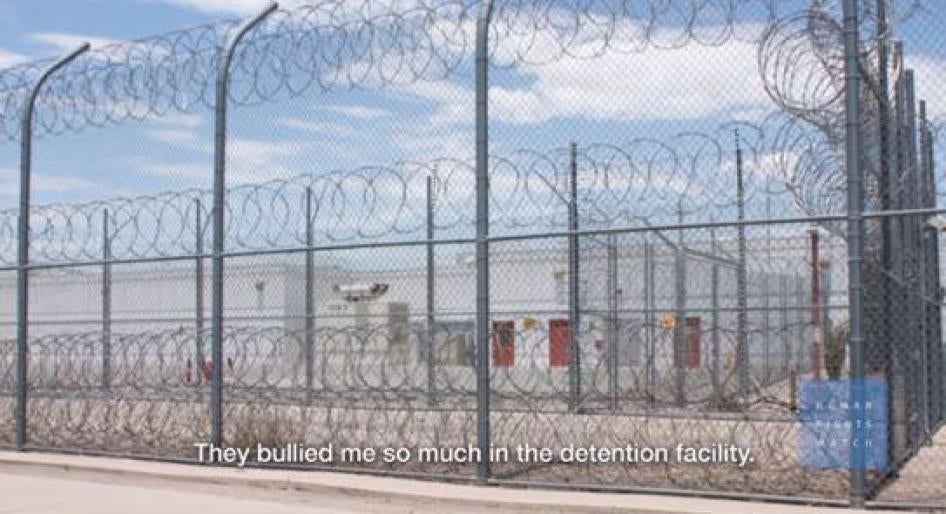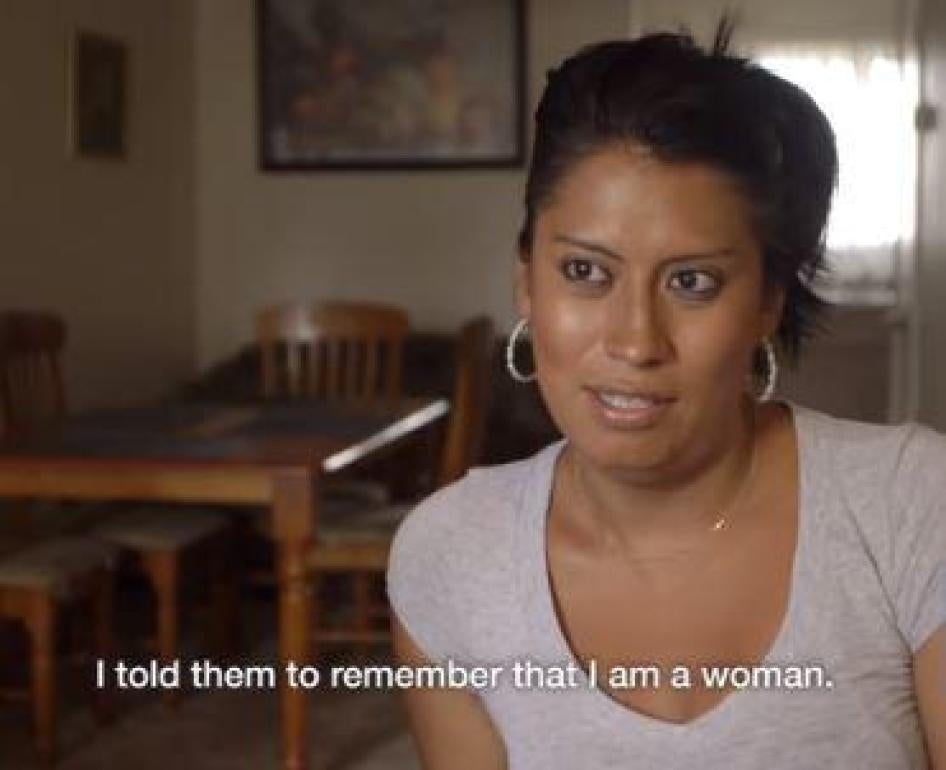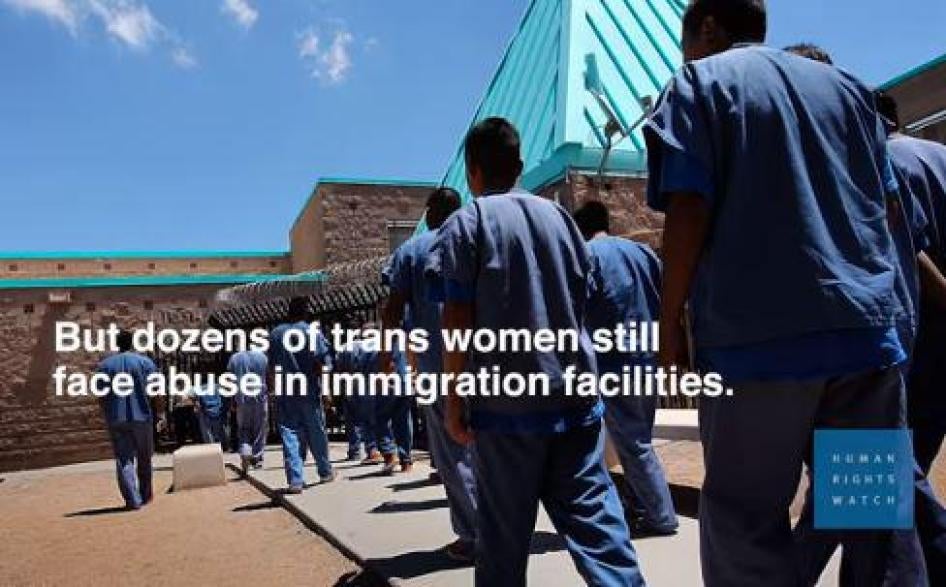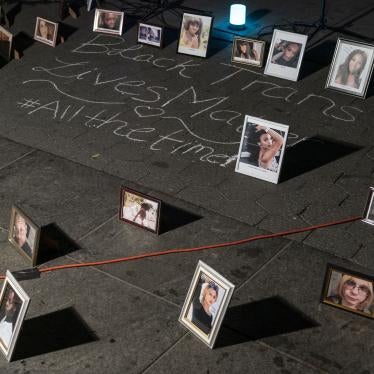The US immigration detention system detains hundreds of thousands of people each year. Why did you focus only on trans women?
Because they are extraordinarily vulnerable. Trans women have often experienced a lifetime of verbal and sexual abuse. The US immigration detention system is dangerous and traumatic for anyone. But here we have some of the most vulnerable people being placed in dangerous and abusive facilities that systematically fail to protect them. Of course, Human Rights Watch is deeply concerned about human rights abuses against everyone in immigration detention, but trans women are uniquely at risk.
Why do trans women face such problems in their countries of origin?
Discrimination often begins at a very young age, whether at home or in school. Many trans women I met had dropped out of school very early, because the bullying was so intolerable. This often continues into adulthood with employment discrimination and widespread social stigma. Many of these women struggle to obtain identity documents that match their gender identity, which as well as making it hard to overcome discrimination against transgender people, makes finding a job very difficult. But trans women face extremely high rates of physical and sexual violence too, leading many of them to flee their home countries in search of protection abroad.
Several of the women I interviewed were kidnapped, tortured, and threatened with murder because of their gender identity.
Why are so many trans women trying to flee Central America right now?
Most of the women we interviewed were from Mexico or Central American countries like El Salvador, Guatemala, and Honduras. These countries currently have some of the highest murder rates in the world, and trans women are more at risk than most.
How come?
Trans women are often discriminated against because of their gender identity, but unlike some other sexual minorities, are also very visible. Because of widespread discrimination and obstacles in finding jobs, they are often involved in sex work and other informal economies that expose them to danger, and ultimately, higher risks of violence.
In most of the cases we examined, they fled immediately after a major traumatic event. Several of the women I interviewed were kidnapped, tortured, and threatened with murder because of their gender identity. After surviving an experience like this, they often decide to flee within hours.
What happens once they reach the US?
Many think they’ll receive protection in the US, so they present themselves to US border patrol agents to seek asylum. But instead they are often held in short-term border processing facilities, where they are usually housed together with men or placed in solitary confinement. Everyone I interviewed spoke of traumatic strip searches that were often done by male guards. Many also described being placed in what is informally known as the “ice box” - freezing cold, holding cells where some women were held for two or three days, supposedly for medical screening purposes. After this, they’re shipped off to longer-term detention facilities.
One trans woman from Honduras was placed in a holding cell with three men, and raped by all of them.
What happens in the formal detention centers?
Many trans women are transported to detention centers with men, and once they arrive, are subjected – once again – to strip searches by male guards. Many of them are housed with men, which is very dangerous. One trans woman from Honduras was placed in a holding cell with three men when she was admitted to a detention facility in Arizona, and was raped by all three of them. Just a few hours later, she was assigned to the same housing unit as these three men. It’s a horrifying example. Immigration authorities also place many women in solitary confinement, supposedly for their protection, but often against their wishes. The use of solitary confinement is in and of itself abusive and may lead to profound psychological trauma. Many trans women also face verbal, and sometimes physical and sexual abuse by guards.
Hasn’t the US government created special segregated units for trans people?
Yes, a majority of trans women in immigration custody today are held in a segregated unit at the Santa Ana City Jail in southern California. But several women who spent time there said the treatment they received was even worse than at other facilities. I interviewed 12 women who had been detained at Santa Ana, and many said that guards and doctors there would refer to them as men and address them with the wrong gender pronouns. Many said they were afraid of being yelled at or locked in their cells by guards. It’s a very punitive environment.
What do you mean by punitive?
Well, one person forgot to turn off the bathroom light and was placed on lockdown for 22 hours. Some women were put on lockdown for holding hands or hugging. This is unacceptable in any detention facility, let alone in one expressly set up by the US government to accommodate this vulnerable group of women.
What are these places like inside?
I visited the Santa Ana facility several times. From the outside, it looks like an average municipal building with trees and landscaping, but as soon as you step inside it feels like a prison. The guards wear uniforms like prison wardens and all carry handcuffs. During my interviews, I wasn’t allowed any physical contact with the women, not even to shake their hands when I met them. It all instills the idea that they are there to be punished, which isn’t the purpose.
Why are things so bad? Are authorities confused about what to do with trans women?
The US government released a set of guidelines in June 2015 that is supposed to allow trans people to choose the type of housing placement they would like to be held in while they are in immigration detention. But no facility has formally incorporated the guidelines yet.
Trans women identify and present as women. But sometimes guards verbally harass them and tell them things like “You’re not a real woman,” or “You have male parts.” But their gender identity, and not their physical anatomy, should determine where they’re housed.
So what’s the easiest way for the US government to fix this?
Human Rights Watch would like the US to widely expand the use of alternatives to detention for trans women and others who are vulnerable to abuse. It would be cheaper, too. These programs allow people to remain in the community while they pursue their immigration cases instead of being held in costly detention facilities. One recent study showed the average daily cost of alternatives to detention programs at about US$10 per person, compared with almost US$160 per person for immigration detention.
Are attitudes changing?
Slowly. There have been some very high-profile cases highlighted recently by the media of trans women who have faced awful abuse in prisons and immigration detention. Ashley Diamond, a trans woman who was repeatedly sexually assaulted while held in men’s prisons in Georgia, has bravely spoken out about her experiences, and Shiloh Quine, a trans woman who has spent years in the California state prison system, recently became the first person to ever receive gender-affirming surgery while incarcerated in the US. TV shows like Orange is the New Black have also raised public awareness of the issue. But regardless of society’s attitudes, the US government has an international legal obligation to ensure their safety in detention.
